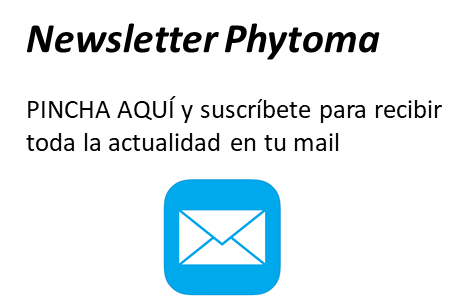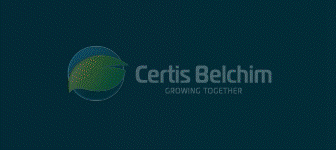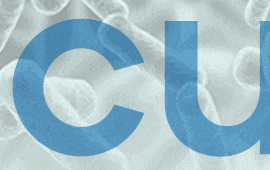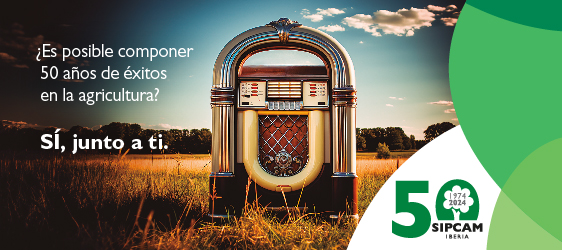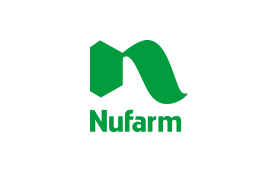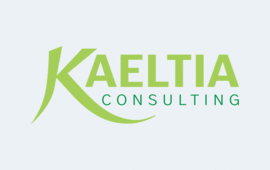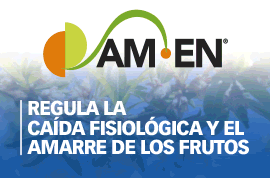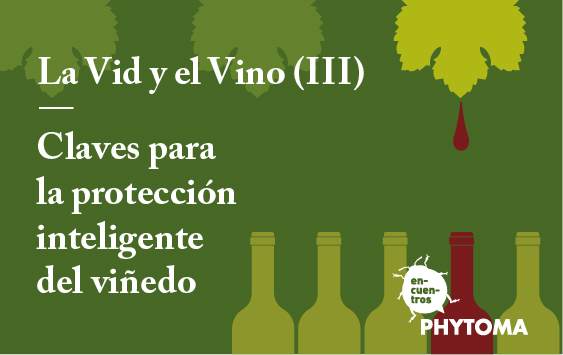Challenges for todays agriculture
Today, agriculture and crop production are facing key challenges. With a growing world population agriculture is under pressure to meet an increasing demand for high quality food and feed. At the same time, the expansion of crops grown for bio-energy is diverting agricultural land away from food production.
Likewise, one needs to consider that the globally available agricultural land is limited in scale and the most productive land is already being farmed. The prospect of expanding agricultural acreage is rather limited and it would also conflict with the objectives of nature preservation and environmental protection.
Moreover, due to the effects of climate change the risk of crop failure caused by unfavourable climate conditions may increase and yield losses will become less predictable.
In light of the above, and in view of the increasing numbers of people going hungry worldwide and the predicted growing population of up to 8.3 billion people by 20301, all efforts must be made to increase productivity on limited land by sustainable means and ensuring adequate standards of living for farmers.
This view has also been reflected in recent statements by global leaders. In April 2009, the G8 Agricultural Ministers stated: "We believe that moreshould be done to increase the quantity and enhance the quality of agriculturalproduction and enable all citizens to have economic and physical access tosafe and nutritious food".
Europe has to take responsibility to cope with the global challenges ahead and use all strategies available to increase its agricultural productivity. Within crop production, plant protection solutions ensuring plant health are decisive to achieve this. And, the use of plant protection products is the key tool ensuring in a reliable way plant health and food production.
However, already today European agriculture is faced with a reduced number of available plant protection solutions. The implementation of the EU review programme as part of Directive 91/414 has already led to the removal of many available plant protection solutions from the EU market. The number of active substances is being reduced significantly ? around 350 are likely to remain on the EU market, compared with nearly 1000 active substances that were available before the implementation of Directive 91/414. Already today, farmers face situations in which plant protection for specific pest problems or crops, in particular speciality crops, are not available anymore and the situation is likely to aggravate in the future.
The two new EU legislations
Two new pieces of legislation on plant protection products have finally been adopted in September 2009: a new Regulation on the authorisation and placing on the market of plant protection products (PPPs), and a new European Framework Directive on the sustainable use of pesticides, covering the use phase of plant protection products. These legislations are likely to be published in the EU Official Journal in October 2009.
The new Regulation on the authorisation and placing on the market of plant protection products
The recently agreed text for a new regulation on the authorisation of plant protection products will mean the replacement of the Directive, which has been in place since 1991- the Directive 91/414.
While keeping the old division between registration of active substances at EU level and product authorisation at Member States? level, the new Regulation introduces a new concept with decisions on authorisation not being taken based on the potential risk to human health and the environment but rather by requiring that certain hazard-based criteria are initially taken into consideration
- the introduction of the so-called "cut-offs" criteria for the approval of active substances at European level. In addition to losses of active substances due to the 91/414 review programme, this Regulation is likely to limit further the availability of plant protection solutions for farmers and by doing so limiting the options to ensure plant health
?necessary to provide high quality food at affordable prices for all consumers. In light of the already limited solutions and the consequences of global warming and subsequent likely increasing pest pressure, the legislation could have particularly negative effects for European agriculture if it is not implemented in a pragmatic way.
The new Directive on the sustainable use of pesticides
The second new legislation, the Framework Directive, establishes a framework for Community action to achieve the sustainable use of pesticides. It comprises legal requirements and provisions to be implemented at national level. The nature of the Directive means that the principle of subsidiarity is taken into account, which should leave room for Member States to identify the best means to implement the provisions considering the specific country situation.
One key requirement for Member States will be the development of a National Action Plan (NAP) to further reduce risks and impacts of pesticide usage and enhance the implementation of the principles of Integrated Pest Management (IPM).
Amongst others, the Directive also obliges all Member States to ensure that all professional users as well as distributors (with some exemptions) and advisors are being trained. A training system, with respective certificate to proof knowledge, has to be established in all countries by 2013 and all professional users would need to obtain training by 2015, otherwise they will not be allowed to buy plant protection products for use in agriculture.
Moreover, the Directive text harmonises the requirements for the regular inspection of application equipments and establishes stringent rules for aerial spraying in Europe ? which should only be allowed under certain conditions.
In addition, the Directive requires that all professional users are applying the principles of Integrated Pest Management (IPM) as from 2014. Member States should establish the necessary conditions and support farmers in the implementation of the principles of Integrated Pest Management Europe-wide. The general principles of IPM are outlined in the annex of the Directive and comprise cultural measures such as rotation or variety choice, other preventive measures, monitoring and observation as well as the responsible use of the available plant protection tools, based on appropriate management decisions to be taken on farm.
The way forward and consequences for plant health
In light of the challenges ahead for European agriculture and the already limited number of solutions to ensure plant health, the focus during the implementation of the new Regulation replacing Directive 91/414 and the Framework Directive on Sustainable Use, needs to lie on further risk reduction, not on limiting or minimising the available solutions to ensure plant health and sustainable agricultural production in Europe.
With regard to the national implementation of the Framework Directive on the sustainable use of plant protection products, the aim needs to be on further risk and impact reduction during the use phase of plant protection products.
This is the main goal of the Framework Directive, and it needs to be kept in mind that the registration of plant protection products is already covered by the ?in future even more? stringent rules on the authorisation of plant protection products. All products available on the market passed this stringent registration process and are considered safe for use, and future new products will also have to pass the strict evaluation.
Moreover, during the implementation of the Framework Directive, economic and social aspects need to be considered in a balanced way, otherwise sustainable production and appropriate plant health cannot be ensured.
The implementation will also need to reflect the vast diversity in agriculture. It needs to be kept in mind that the diversity in cropping systems requires a diversity of plant protection solutions and that in light of already reduced solutions, options to allow reliable pest control and resistance management are crucial.
The fixing of any arbitrary use-reduction targets is not an appropriate way to ensure the sustainable use of plant protection products, as agriculture has to respond to many external factors. Indeed, there is no systematic direct link between the amount being used (whether measured in total quantity or number of treatments) and the risks or potential impact involved.
Inflexible targets will only impede agriculture from producing high quality food as demanded by EU citizens and do not contribute to achieving sustainable practices. In particular, with changing and rapidly-developing pest pressures expected due to climate change, EU farmers need a wide range of protection solutions to ensure sustainable food production in the future.
The most appropriate way forward is that further measures aimed at ensuring best practices are applied to the use of plant protection products and not further use reduction, restrictions or limitation in product choice. Otherwise plant health cannot be ensure anymore, with all the consequences mentioned before.
Integrated Pest Management, if considered in an holistic way as part of Integrated Crop Management and Integrated Production, all of which need to be handled and adapted according to site and situation, will offer a lot of opportunities to ensure sustainable use and as such sustainable agricultural production.
Ensuring training on pest management and the responsible use of plant protection products will surely be the cornerstones to achieve the goals of the Framework Directive while at the same time being able to ensure plant health in the long term.
Conclusions
? Plant health and the use of plant protection products need to be seen in the wider context of sustainable agriculture being economically viable, environmentally sound and socially responsible.
? The diversity of cropping systems requires a diversity of plant protection products solutions. As such a wide variety of solutions needs to be available, not only as agriculture has to comply with many external factors such as climate change, pest pressures and markets, but also to ensure resistance management and the implementation of Integrated Pest Management by all farmers.
? It is crucial that farmers maintain the freedom to choose the most suitable plant protection approaches for their local situation while at the same time ensuring products are being used in a responsible way.
Nota: Los interesados en recibir la traducción al castellano de este artículo deben dirigirse a Francesc Barelles. E-mail: Esta dirección de correo electrónico está siendo protegida contra los robots de spam. Necesita tener JavaScript habilitado para poder verlo.
Comprar Revista Phytoma 212 - OCTUBRE 2009


